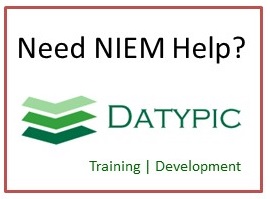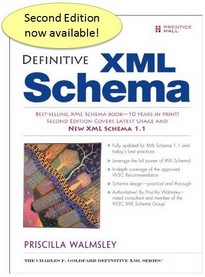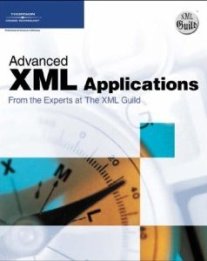lexs:PackageMetadataType
A structure that describes Metadata about LEXS Package
Complex type information
Namespace: http://usdoj.gov/leisp/lexs/3.1
Schema document: lexs/3.1/lexs.xsd
NIEM Properties:
- Base: s:Metadata
Content
- Sequence [1..1]
- lexs:DataItemID [1..1]Unique identifier for the data item. DataItemID is unique for a given service provider.
- lexs:DataItemCompleteIndicator [0..1]A flag which indicates whether the package includes all available information (true) or whether more is available (false). If the indicator does not exist, it does not imply either complete or incomplete; merely that the data owner either did not supply the indicator or does not want to indicate completeness for this data item.
- lexs:DataItemContact [0..*]Contact information for the data item. Includes a person and organization to contact and their phone number and email address.
- lexs:DataItemDate [0..1]Date the Data Item was produced/generated.
- lexs:DataItemLEXSVersion [0..1]Specifies LEXS version used within the data item, for example 3.1.4. This version could differ from LEXSVersion used in MessageMetadata. For example LEXSVersion used in MessageMetadata is 3.1.4, however DataItemLEXSVersion is 3.1.3.
- lexs:DataItemReferenceID [1..1]A human readable unique identifier that is meaningful to the owning system. May be the same as the Data Item ID. DataItemReferenceID is a data owner artifact and should not be changed by any intermediary, aggregator, or sharing system.
- lexs:DataItemPublishInstruction [0..1]Data Item Publish instruction that indicates whether to insert or delete data item.
- lexs:DataItemStatus [1..1]Free text field that shows the status of the data item such as Valid/Invalid, etc.
- lexs:DataOwnerMetadata [1..1]Describes and uniquely uniquely identifies an organization that owns the data.
- Choice [1..1]
- lexs:DisseminationCriteriaData Dissemination Criteria. Information is provided by the data owner to indicate who is allowed to see the information. For publish it provides information to the service provider about what can be returned as the result of a search. For search or get results, it provides information to the user so they know the criteria for this information. Note that this is different from the data sensitivity included at the message level.
- lexs:DisseminationCriteriaValueData Dissemination Criteria Structure. Information is provided by the data owner to indicate who is allowed to see the information. For publish it provides information to the service provider about what can be returned as the result of a search. For search or get results, it provides information to the user so they know the criteria for this information. Note that this is different from the data sensitivity included at the message level. Dissemination Criteria Value structure differs from Dissemination Criteria: instead of providing strict enumerated list of predefined values Dissemination Criteria Value specifies the domain and dissemination criteria value valid within the domain.
from subst. group lexs:DisseminationCriteriaAbstract - lexs:DataItemCategory [0..*]Provides information about the type of event or data type. This may be used by service providers to indicate what types of events or data are incorporated in the service provider and/or its data sources, or in an individual data item. Groups may work together to define an appropriate list of categories that can be used in searches among the groups to allow users to limit search results. Element could also be used by user interfaces for sorting purposes.
- lexs:DomainAttribute [0..*]Placeholder for various domain attributes. For Value/Pair attributes use lexs:AttributeName and lexs:AttributeValue elements. For hierarchical data xsd:any structure should be used.
Attributes
| Name | Occ | Type | Description | Notes |
|---|---|---|---|---|
| s:id | [0..1] | xsd:ID | The id attribute is used to define XML IDs for NIEM objects. These IDs may be targets of reference elements, metadata attributes, and link metadata attributes. | from type s:MetadataType |
Used in
- Element lexs:PackageMetadata
Type inheritance chain
- s:MetadataType
- extended by lexs:PackageMetadataType


